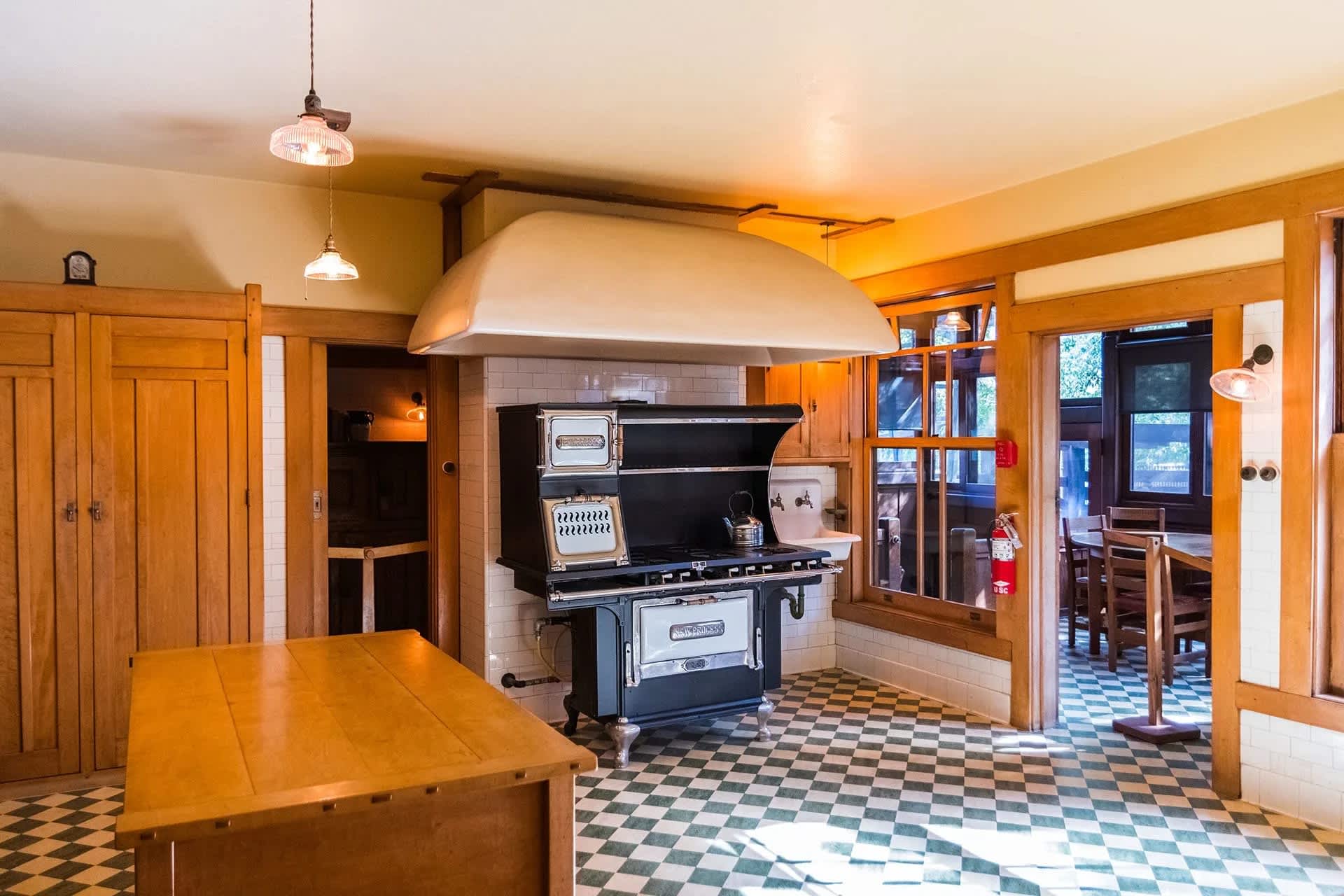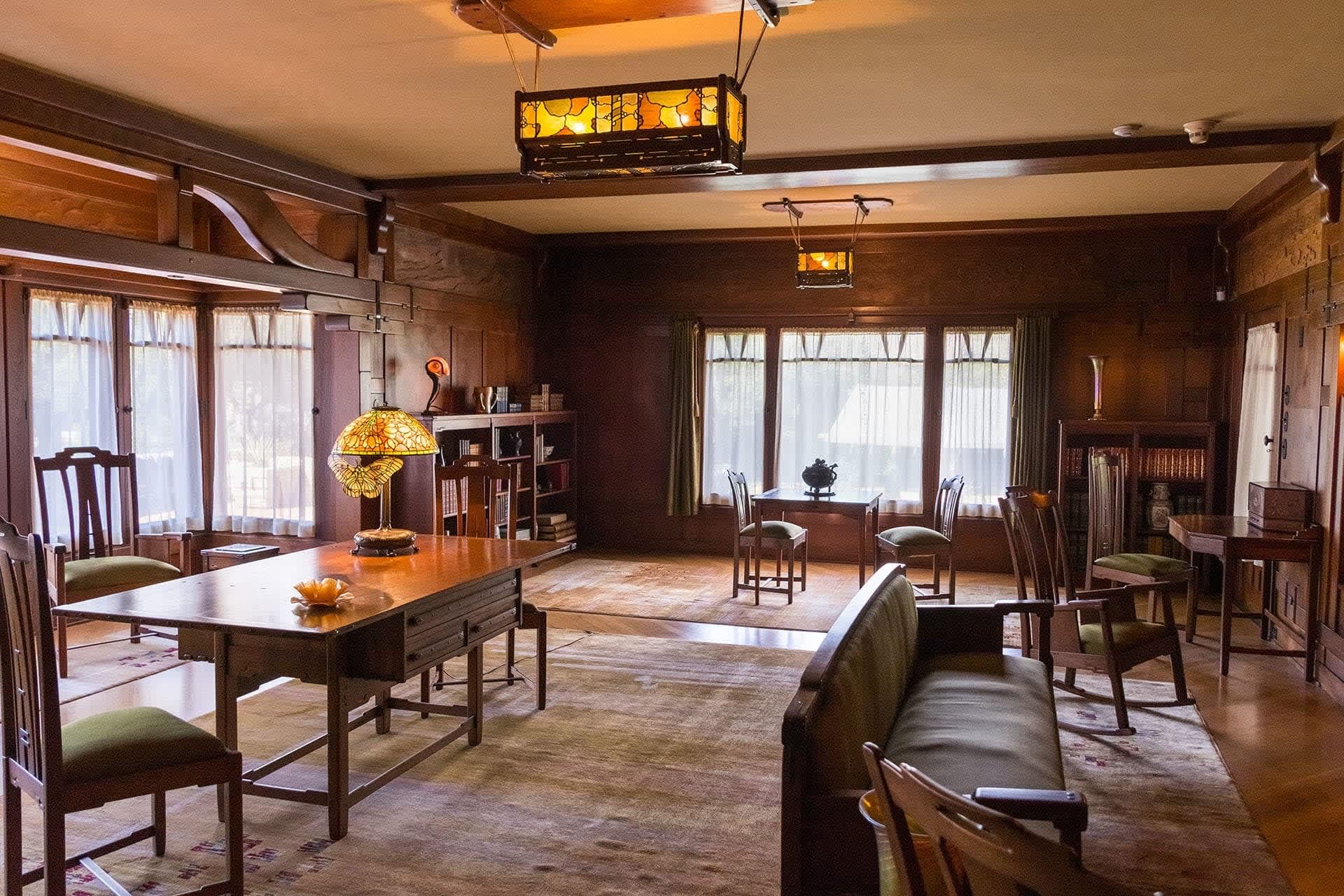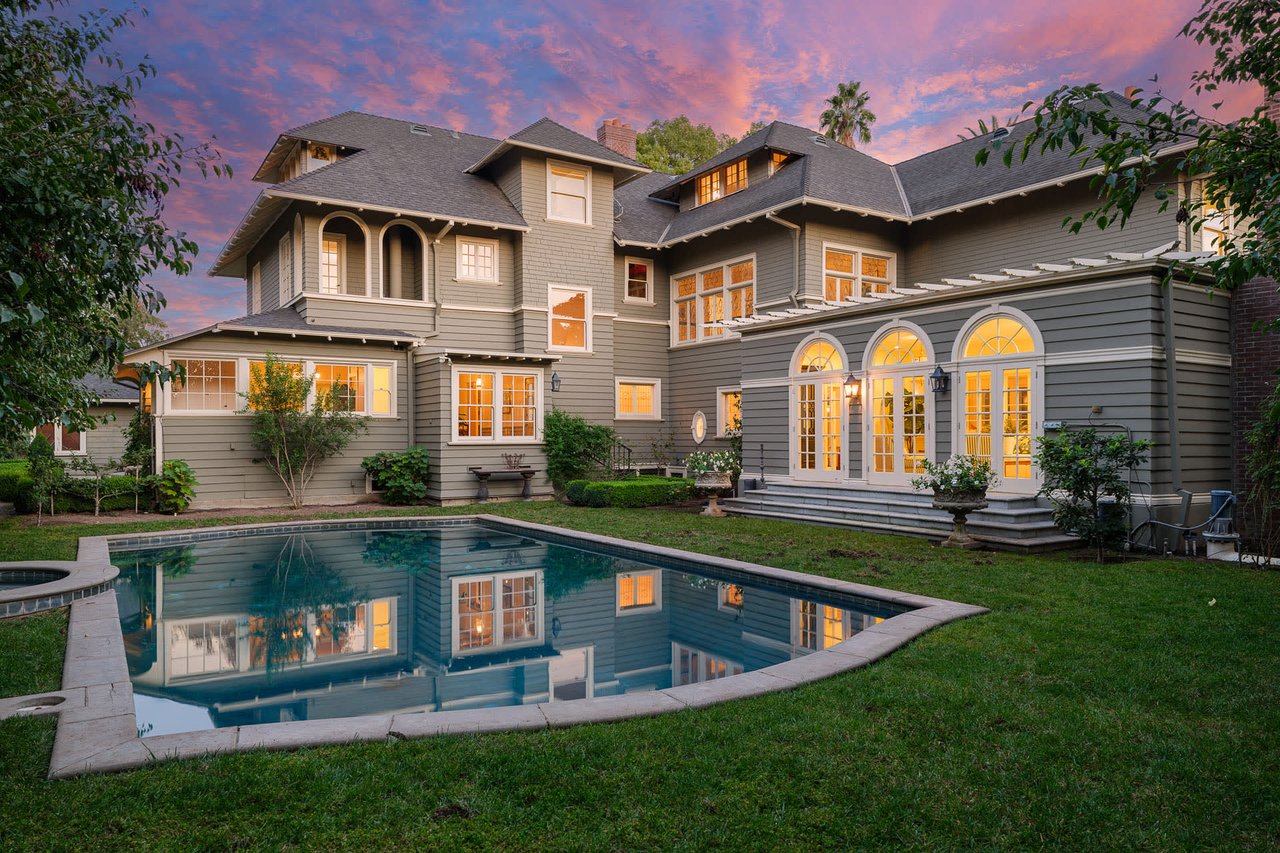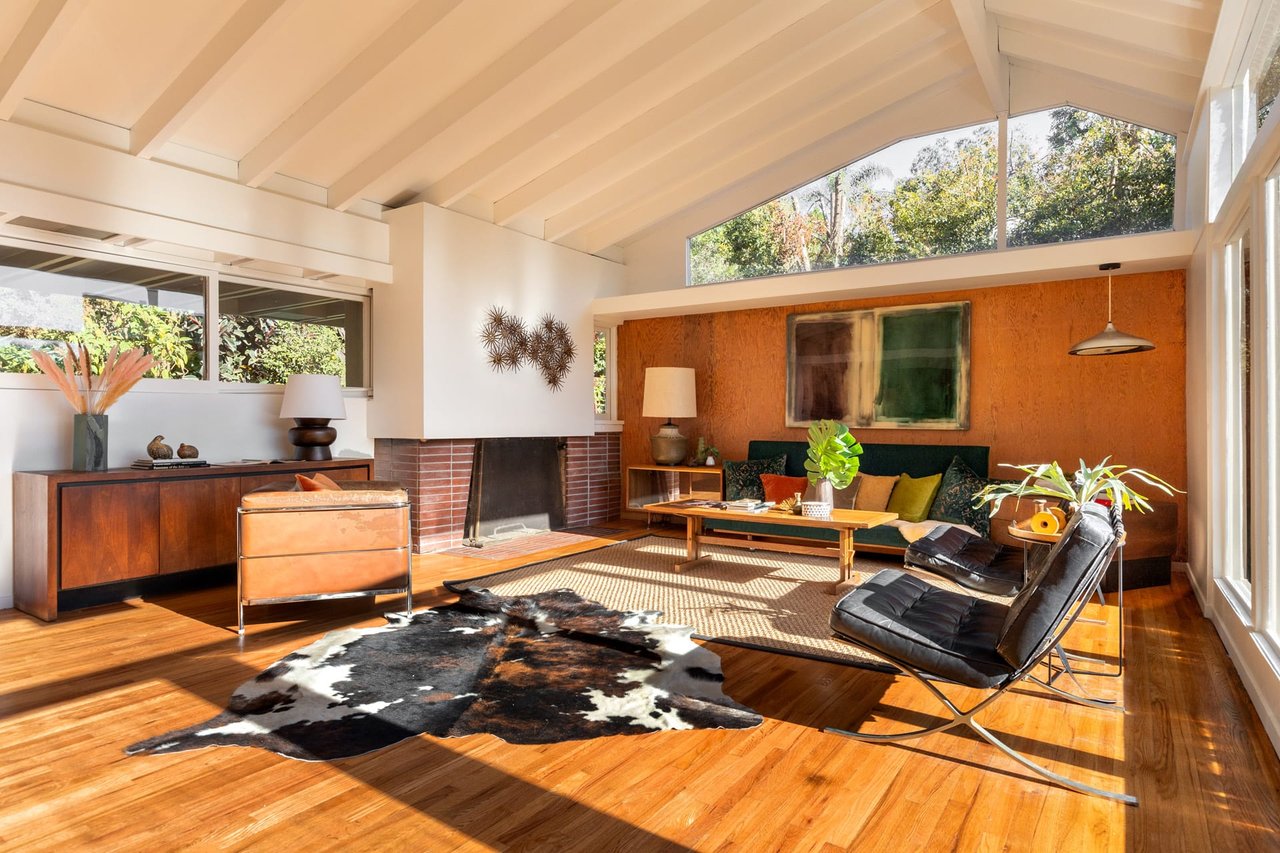Craftsman architecture, an influential design movement that took root in the late 19th and early 20th centuries, stands as a testament to the enduring power of thoughtful craftsmanship and a departure from the ornate styles of the Victorian era. Here, we explore the rich history and enduring significance of Craftsman architecture and unravel its evolution and the lasting impact it has left on the architectural landscape.
Emerging in response to the industrialization and mass production of the late 19th century, the Craftsman movement sought to revive the value of skilled craftsmanship and embrace simplicity in design. Influenced by the Arts and Crafts movement, luminaries like Gustav Stickley and the Greene brothers played pivotal roles in shaping Craftsman architecture. The movement found resonance in the United States, particularly in California, where it evolved to reflect the region's unique character and embrace of the natural environment.
Craftsman architecture is recognized for its distinctive features, including overhanging eaves, exposed rafters, tapered columns, and the extensive use of natural materials like wood and stone. The interior spaces often boast open floor plans, built-in furniture, and an emphasis on practicality. This commitment to functionality and authenticity has endowed Craftsman homes with a timeless and inviting charm, making them enduringly popular among homeowners seeking a connection to tradition and craftsmanship.

Craftsman architecture's enduring significance lies in its ability to seamlessly blend historic charm with modern living. Beyond its aesthetic appeal, the movement fostered a philosophy that championed a harmonious relationship with nature, reflected in the integration of outdoor spaces and the use of natural elements. Today, Craftsman architecture continues to influence contemporary design, with builders and homeowners embracing its principles to create homes that resonate with a sense of authenticity and enduring style.
Craftsman homes aren't just architectural relics; they are pieces of history. Homeowners and communities committed to preserving this legacy contribute to the ongoing story of Craftsman architecture. Restoration efforts showcase a dedication to maintaining the unique character and design principles that define the Craftsman movement, ensuring these homes remain relevant and appreciated for generations.












